How to Tell if News Reports Are True or Fake Introduction: The Age of Information and Misinformation In the modern digital era, inf
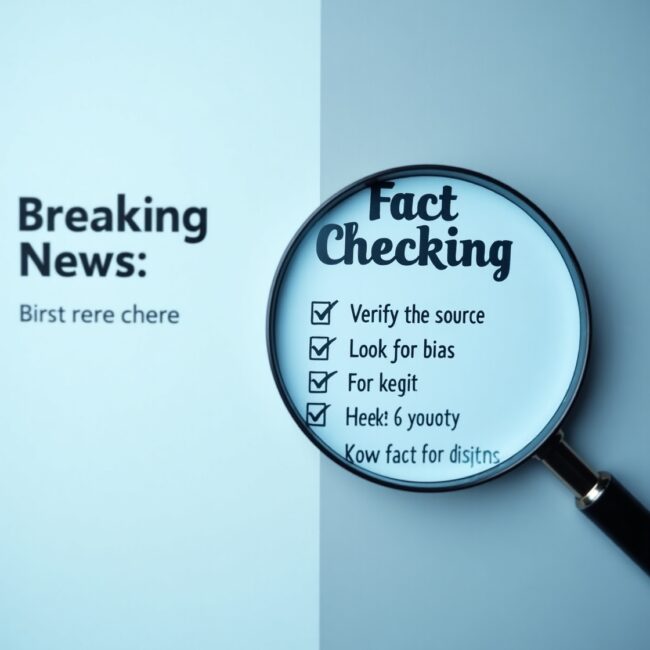
How to Tell if News Reports Are True or Fake
Introduction: The Age of Information and Misinformation
In the modern digital era, information is more accessible than ever. News updates stream in from every direction—websites, apps, social media platforms, and messaging services. While this level of connectivity has its benefits, it also brings an unprecedented challenge: the spread of fake news. With anyone able to publish content online, verifying truth from fiction has become a vital skill.
The term “fake news” entered the mainstream vocabulary in the past decade, but the phenomenon itself is not new. Propaganda, misinformation, and disinformation have existed for centuries. What has changed is the speed and scale at which fake news can travel. A false claim can go viral on Twitter or Facebook in seconds, reaching millions before fact-checkers have the chance to intervene.
In a world where news influences elections, public health responses, and societal trust, being able to critically assess news stories isn’t just beneficial—it’s essential. This article provides an in-depth guide to identifying fake news, verifying sources, understanding media bias, and becoming a more informed consumer of information.
1. What is Fake News?
Types of Fake News
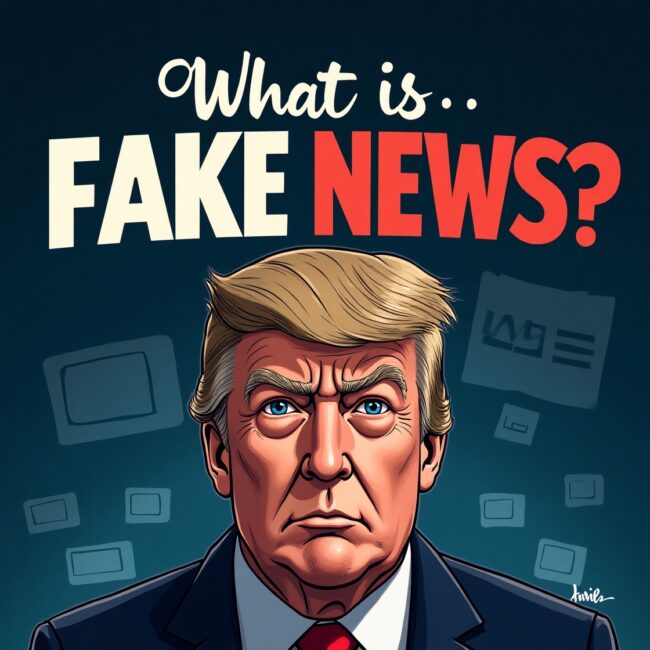
Fake news can take several forms, each serving different agendas:
- Disinformation: Deliberate falsehoods intended to mislead.
- Misinformation: Incorrect information spread without malicious intent.
- Clickbait: Sensationalized headlines crafted to generate views, often at the expense of truth.
- Satire or parody: Intended as humor, but sometimes mistaken for genuine reporting.
- Propaganda: News stories created to influence public opinion in a particular direction, often by governments or organizations.
Why Fake News Matters
Fake news undermines public trust, distorts democratic processes, incites fear, and can have real-world consequences. During the COVID-19 pandemic, for example, misinformation about vaccines and treatments led to confusion, distrust in science, and even deaths. Misleading news during elections can sway voters and influence political outcomes.
2. Why Fake News Spreads So Easily
The Role of Social Media
Social media platforms like Facebook, Twitter, and TikTok have become major sources of news for billions of people. These platforms prioritize content that generates engagement—likes, shares, and comments. Unfortunately, false stories often provoke stronger reactions than true ones. Research shows that fake news spreads faster and farther than real news, particularly when it is emotional, surprising, or fear-inducing.
Psychological Biases
Humans are prone to cognitive biases—mental shortcuts that influence how we interpret information. Common ones include:
- Confirmation bias: We are more likely to believe information that aligns with our existing beliefs.
- Availability heuristic: We believe things are more likely if they’re easier to recall—often due to media coverage.
- Authority bias: We trust people who appear to be experts, even if they aren’t.
These biases make us vulnerable to misinformation, especially when we’re emotionally invested in a topic.
Echo Chambers and Filter Bubbles
Online algorithms personalize content based on your past behavior. Over time, this creates a “filter bubble,” showing you only content that reinforces your views and limiting exposure to diverse perspectives. This isolation can amplify fake news and distort your perception of reality.
3. Signs a News Report May Be Fake
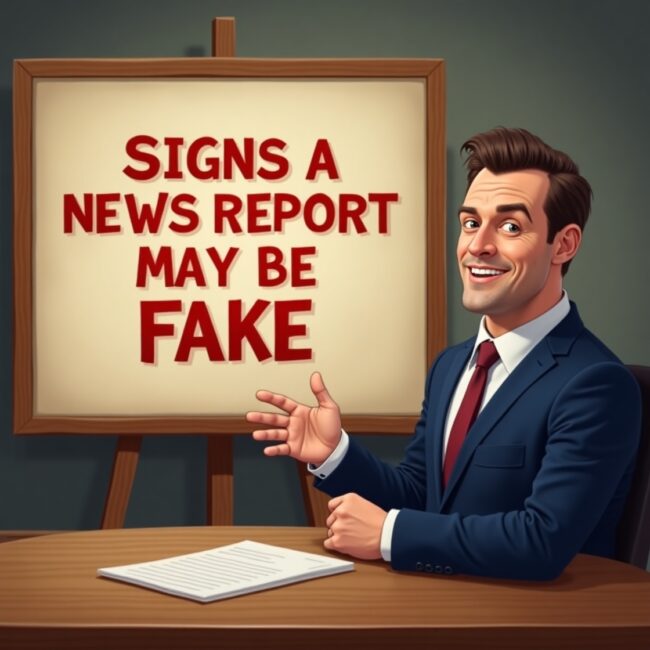
Learning to spot red flags can help you avoid falling for fake news. Here are common warning signs:
A. Sensational or Emotional Headlines
Fake news often uses extreme language or emotional hooks to grab attention. Phrases like “You won’t believe…” or “Shocking truth about…” are red flags.
B. No Credible Source or Author
Legitimate news stories cite their sources and include journalist bylines. If there’s no author or the site doesn’t link to verifiable sources, proceed with caution.
C. Low-Quality Website
Unprofessional design, excessive ads, broken links, and poor grammar may indicate a fake or untrustworthy site.
D. Lack of Coverage Elsewhere
If a major news event is only reported by one obscure site, it’s worth being skeptical. Major events are usually covered by multiple reputable outlets.
E. Dubious Images or Videos
Photos can be altered, taken out of context, or entirely fake. Videos can be edited deceptively. Use reverse image searches to check the origin of suspicious visuals.
4. How to Verify News Accuracy
A. Check the Source
Start with the outlet. Is it known for accurate reporting? Reliable outlets usually:
- Have editorial guidelines
- Issue corrections when wrong
- Cite sources transparently
- Provide author credentials
Untrustworthy sources may lack transparency or have a known agenda.
B. Use Fact-Checking Websites
Several non-partisan organizations verify popular claims:
Paste a quote or headline into these sites to see if it has already been debunked.
C. Cross-Reference with Multiple Sources
If a story seems suspicious, see if it’s reported by other reputable outlets. True stories typically appear across a spectrum of sources.
D. Use Reverse Image Search
Fake stories often include misleading images. Use tools like:
Upload the image or paste its URL to see where else it appears.
E. Read Beyond the Headline
Headlines are designed to attract attention. Always read the full article to understand the full context.
5. Understanding Bias in News Reporting
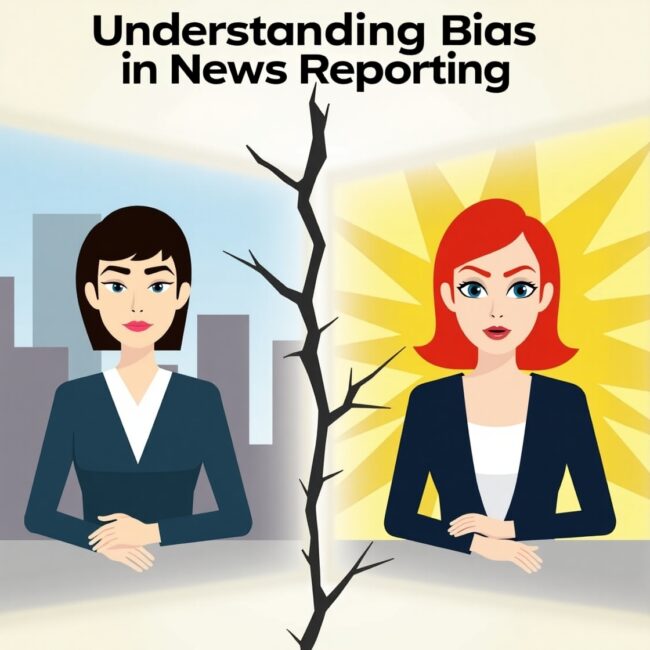
Even reputable news outlets have some level of bias. Bias doesn’t mean fake—it means the story may be framed in a particular way. Types of bias include:
- Selection bias: Choosing to report certain stories and not others.
- Spin: Emphasizing certain facts to influence perception.
- Framing: Presenting a story with language that influences interpretation.
How to Spot Bias
- Compare how multiple outlets report the same story.
- Watch for emotionally charged language.
- Check the outlet’s editorial history and ownership.
Media Bias Charts
Several independent organizations have created media bias charts that categorize news sources by political leaning and reliability (e.g., Ad Fontes Media). These can help you assess how a source might frame its stories.
6. The Role of Algorithms and AI
Social Media Algorithms
Platforms use AI to decide what content to show users. This promotes engagement but often leads to echo chambers. These algorithms can unintentionally amplify misinformation because they favor content that provokes strong reactions.
Deepfakes and Synthetic Media
AI-generated images, audio, and video (called “deepfakes”) can make people appear to say or do things they never did. These are increasingly realistic and can be very deceptive.
To combat this:
- Use tools like InVID (for video verification).
- Watch for unnatural movements, lighting, or audio mismatches.
7. Building Your Media Literacy
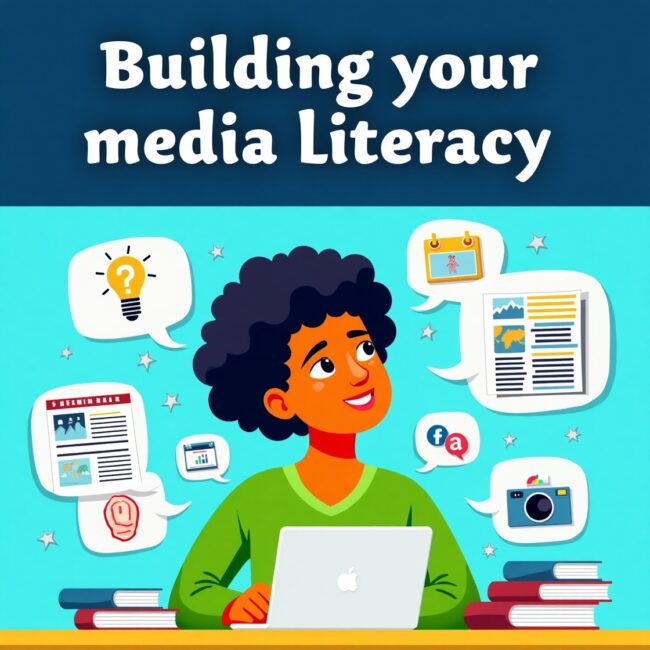
Media literacy is the ability to critically evaluate and analyze information sources. Here’s how to build it:
Ask Critical Questions
- Who created this message?
- What is the purpose?
- Who benefits from this being believed?
- What is left out?
Learn Basic Research Skills
- How to trace sources
- How to identify peer-reviewed studies
- How to distinguish opinion from fact
Take Online Courses
Several free courses teach news literacy:
- The News Literacy Project
- CrashCourse on YouTube: Media Literacy
- Coursera’s “Making Sense of the News”
8. Teaching Others to Spot Fake News
Misinformation doesn’t just affect individuals—it spreads through communities. Educating friends, family, and especially young people can have a ripple effect.
Encourage Skepticism, Not Cynicism
Teach people to question—not reject—all information. Critical thinking involves openness, not distrust of everything.
Model Good Habits
- Share only verified stories
- Add context when posting news
- Gently correct false information without shaming
Have Conversations
If someone shares fake news, engage respectfully. Share tools and tips, and avoid confrontation.
9. Case Studies: Fake News in Action
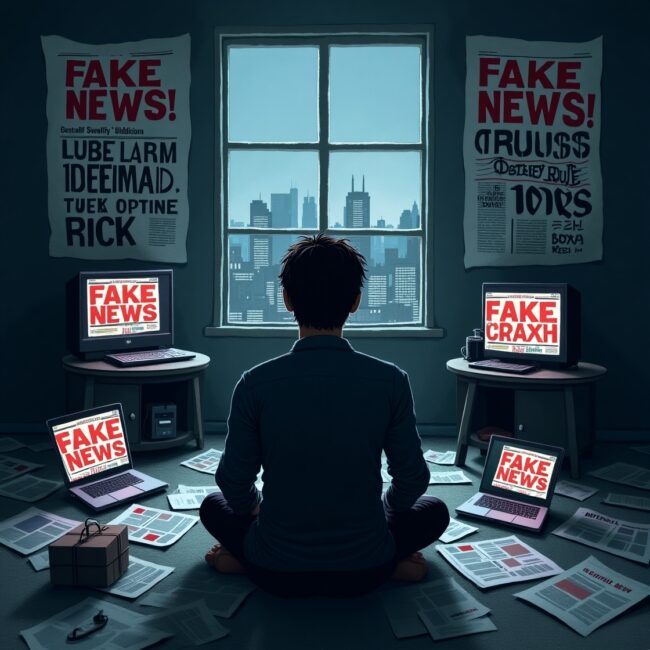
A. The Pope Endorses Donald Trump (2016)
One of the most shared fake news stories in U.S. political history falsely claimed Pope Francis endorsed Donald Trump. The story was completely fabricated and spread widely before being debunked.
B. COVID-19 Misinformation
False cures, vaccine fears, and conspiracy theories flooded the internet during the pandemic, making it difficult for people to distinguish medical advice from propaganda.
C. The “Pizzagate” Conspiracy
A false claim that a Washington D.C. pizzeria was at the center of a child trafficking ring led to a man entering the restaurant with a gun. This hoax had dangerous real-world consequences.
10. Case Studies: Fake News in Action
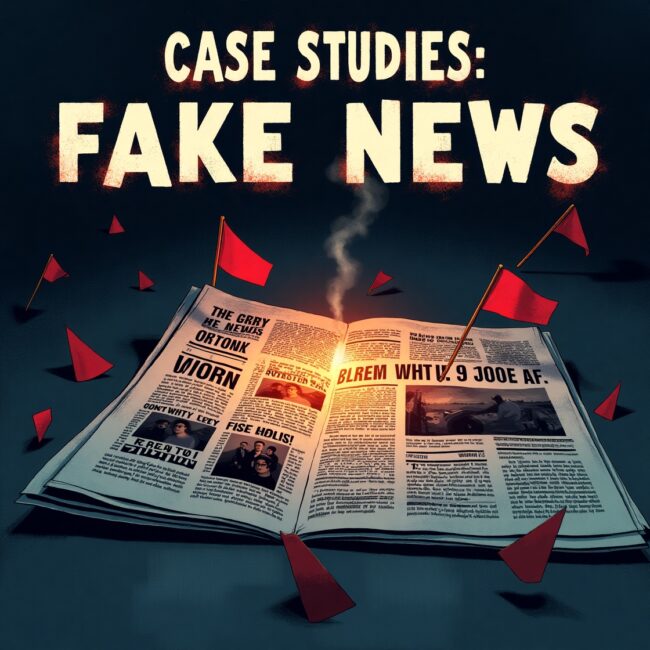
In today’s world, every individual has the power—and the responsibility—to be a gatekeeper of truth. The internet gives us tools to inform and empower ourselves, but also to mislead and manipulate.
By asking questions, verifying sources, and thinking critically, you can protect yourself and others from the harms of fake news. The fight against misinformation doesn’t belong only to journalists and tech companies—it belongs to all
of us.



COMMENTS